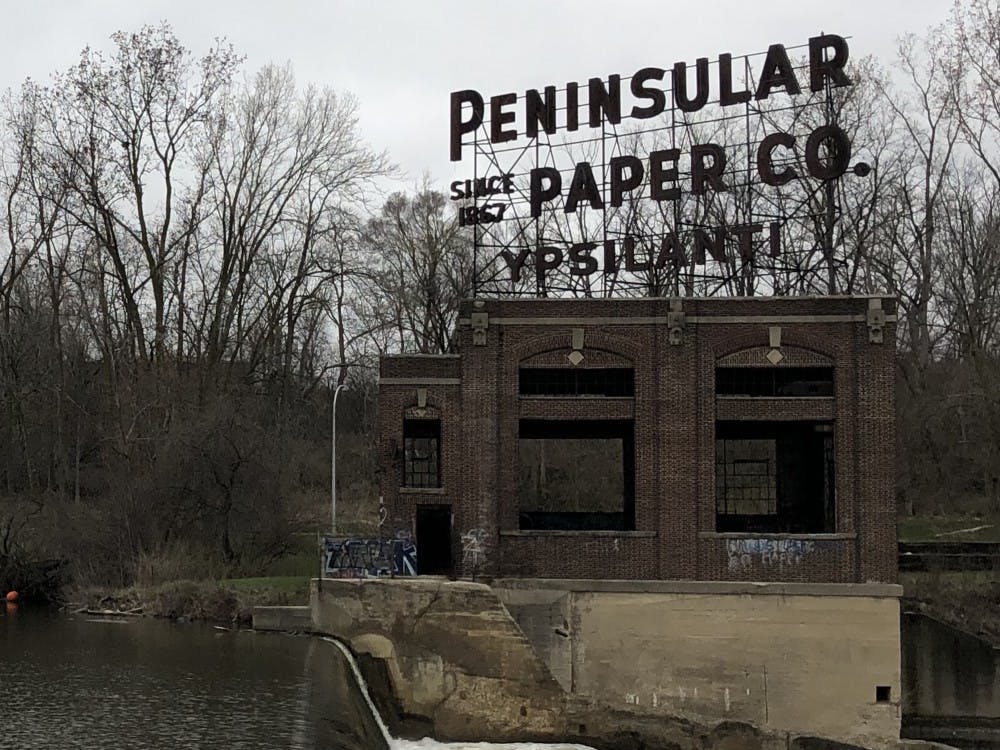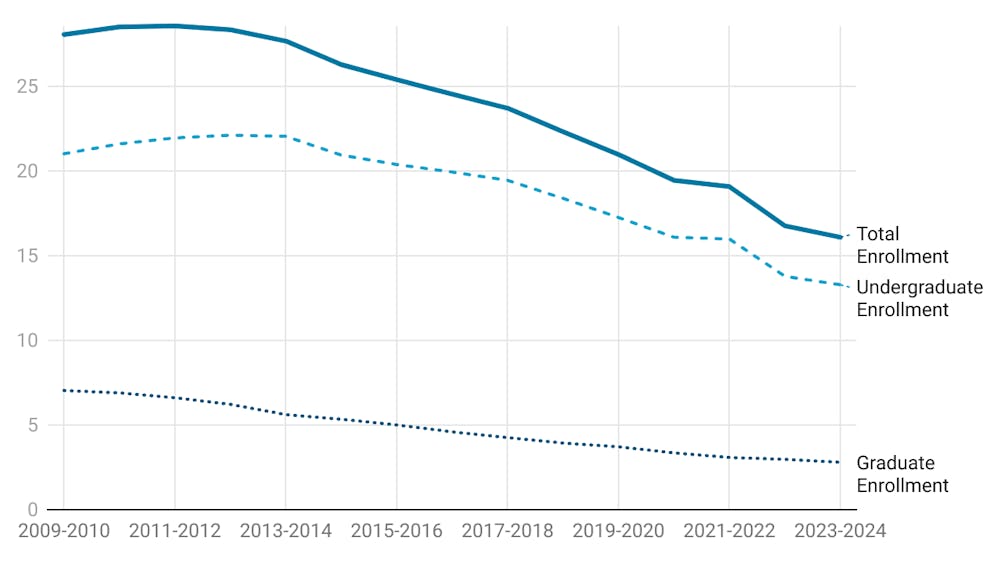During the Ypsilanti City Council meeting on May 7, council members voted to move forward with deconstructing the historical Peninsular Paper Dam which sits on the Huron River just north of Eastern Michigan University’s campus.
$500,000 was approved with a 5-1 vote to get the project underway. The city will seek grants from state, federal and non-profit sources for the remainder of the estimated removal cost of $2.7 million.
Mayor Pro-Tem Lois Richardson was the lone council member against the decision. Richardson said she was in favor of making repairs to the dam since it is a historical piece to the city. She also stated she felt more research needed to be done on the cost of removing the dam.
“I didn’t approve the removal because there are too many unanswered financial questions,” Richardson said. “All the expenses of removing the dam have not been factored in. There’s several things that we still don’t know what they’re going to cost.
“I found out afterwards that other places where they removed a dam — they thought it was going to be one cost and it ended up being millions more than what it was supposed to be. I just wanted more solid facts on how much it was going to cost to remove the dam.”
The dam, which was constructed in 1867, previously provided hydroelectric power for a paper mill that produced newsprint up until the 1970s. However, the costs associated with maintaining and repairing a dam that no longer generates power has raised concerns in the community. In 2017, the city began discussing whether removal might be the best long-term move.

In September of 2018, the city of Ypsilanti and the Huron River Watershed Council conducted a study to assess the feasibility of removing the dam and reviving the adjacent Peninsular Park.
The feasibility study estimated the total cost of removing the dam to be around $2.7 million, which includes fortifying bridges and other infrastructure improvements around the area. The cost of repairs needed in the near future was estimated to be around $807,000.
It was ultimately determined that the one-time removal cost would be the most cost effective option for the city, rather than performing routine repairs on the dam for years to come.
According to HRWC Watershed Planner Daniel Brown, the dam’s removal would have many environmental benefits as well.
“Removing a dam is one of the best things you can do for the overall health of a river and the ecosystems connected to the river,” Brown said. “Dams fundamentally alter the structure of the natural flow of the river and how it deals with the challenges that it normally faces. We see a lot of that right now with high flows and debris being carried down river.
“Removing this dam is also going to make the river a lot more resilient to climate change going forward environmentally. Impoundments can make the water slightly warmer and that changes the ecological processes around the impoundment It also changes what fish are able to live there. It not only allows them to migrate up the river, but it allows cold water fish more room to adapt to the stress of climate change.”
Brown said the removal of the dam gives the city plenty of options in regards to the future of the Peninsular Park. First and foremost, the iconic powerhouse and sign could be preserved as it was not a part of the initial removal budget. There is also expected to be an increase in land that will allow more access to the river; potentially a beach or boat launch.
“The community support for removal was pretty strong,” Brown said. “I think that spoke to a lot of the benefits that Ypsilanti will see after removing this dam. It’s going to restore a section of natural flowing river through Ypsilanti — which will be great for residents. It removes a liability to the city, which is also a huge benefit. It’s also going to create a place
where Ypsi residents, EMU students and everybody can come together and celebrate one of the great southeast Michigan natural resources.”










